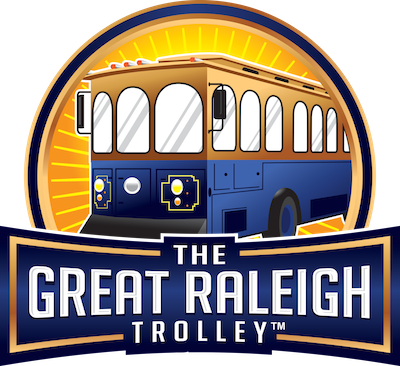It’s one of the oldest capitol buildings in the U.S., and the very center of downtown Raleigh. The North Carolina State Capitol building is an icon of Oak City, but it’s not the first capitol building in Raleigh.
Crowned with Greek Revival Architecture and perfect for postcards, the current North Carolina Capitol building in Union square has been the acting capitol building since its completion in 1840. It’s still functioning to this day with select government offices inside, but what happened to the previous building?
The original North Carolina State House burned to the ground in a terrible wave of fires during the Summer of 1831. That June, workers were attempting to complete the fireproofing atop the original capitol building in the wake of devastating fires in nearby Fayetteville. It was there, at the very top, that the workers made their crucial error. While taking a break from their work, the workers left aflame a pot that they used for heating nails. It didn’t take long for the fire to catch.
In the devastation the building was lost and with it went countless artifacts of the state's creation and U.S. history including a marble statue of America’s first president. After the smoke cleared, the city of Raleigh was traumatized by the event, but their plight wasn’t over. The construction of the new capitol building hung over their heads. Would it be rebuilt in Union square? Would it would be moved to one of the more popular surrounding cities like Fayetteville?
After a nearly year and a half long battle over these questions, the General Assembly decided to keep Raleigh the state capital, and construction began again at Union Square. The Report by the commissioners appointed to superintend the re-building of the State Capitol can be found in the Raleigh History collection of the North Carolina Digital State Documents Collection.
Upon the opening of the new, more fireproof Capitol Building, it was indeed seen as a testament to the people and a monument to last. Today, the Governor, Lieutenant Governor and their staff still work in the building.
Want to know more or visit the Capitol Building for yourself? Join us aboard The Great Raleigh Trolley aboard one of our History and Culture Tours! Our historic Raleigh trolley tours and downtown Raleigh walking tours are the best way to experience and learn about The Oak City.
Discover Union Square’s haunted past aboard Haunted History, our Haunted Trolley tour.
Hear stories of hidden details around the capitol and surrounding neighborhoods aboard Must-See Raleigh downtown Raleigh trolley tour, our guide to Raleigh’s past and present.
Learn more about the buildings architectural highlights and importance aboard Raleigh History Through Architecture, our historian-led downtown Raleigh trolley tour.
Take a stroll around the grounds and experience the city from eye level with Drunk History Walking Tour, our downtown Raleigh historic walking tour.




